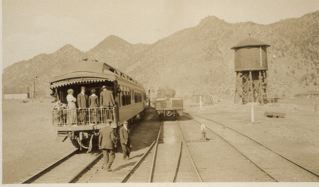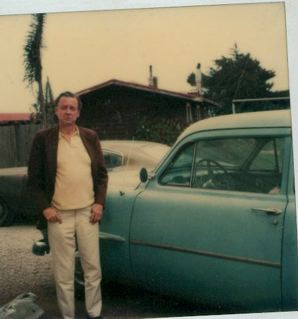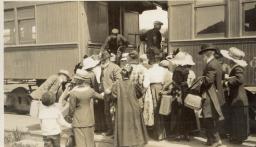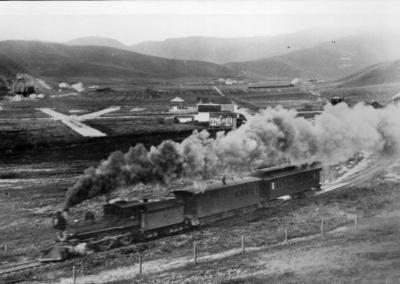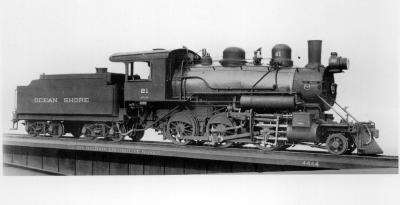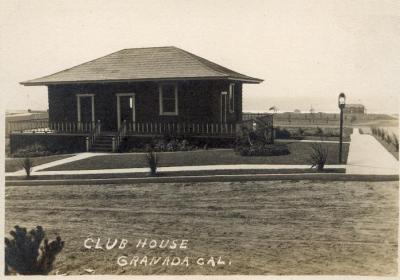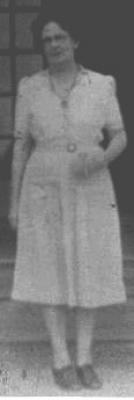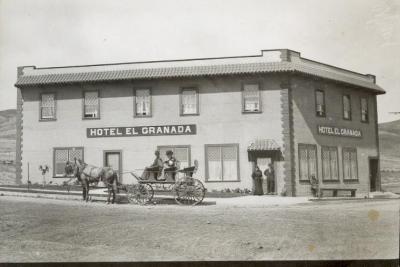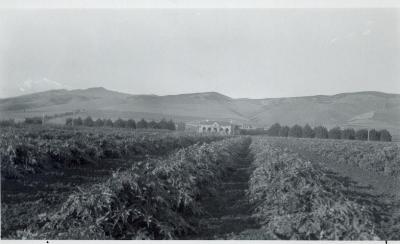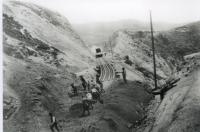As told to me in 1980 by Randolph Brandt, whose father was an investor, a stockholder, in the Ocean Shore Railroad:
âOne night they had some kind of convention or big picnic down near Granadaâanyway, the train was heading back to the City with a whole bunch of people on it.
âAnd around Pt. Rockaway, a big boulder came down. Right on the tracks. The train saw it and they stopped but they couldnât get the boulder off the tracks.
âThe train crew decided to back the train to the Pedro Valley. And they backed it down there right in front of Danmanâs Placeâthe old saloon there. They spent the night in there. Eatinâ, drinkinâ, making merry.
âI understand they practically cleaned the place out as far as booze and grub went.
âRelatives and friends were disturbed when the train never showed up in San Francisco. They sent a work train down, got the boulder off the track, got the train back to the city. It was 18 hours late, I guess it was a big deal.
ââ¦Tunitas was the end of the line and there wasnât much of a station there.
[referring to the railroad ride] âThose 20 miles there was hell on earth if you know what I mean. I mean it was really rough going. Anybody riding on it today would say, âNever againâ. They probably never wanted to do it a second time.
ââ¦the old county road, as far as going along the oceanâit didnât even exist in those days. It was all in back of the hills, sort of sandwiched in between the mountains and the skyline. It wound and twisted, a narrow road with hardly a straight stretch in it.
âThe railroad took up the entire area all the way from Westlake clear to Sharp Park. When they did put the highway in about 1934, they took over the entire railroad right-of-way in order to bring it to the edge of the cliffs. When you got down into Montara you were out of the cliff areas.
âIn my opinion, it was a pretty lousy road, frankly. It would never do for these high speed cars today. Definitely not a road for high speed.â?

